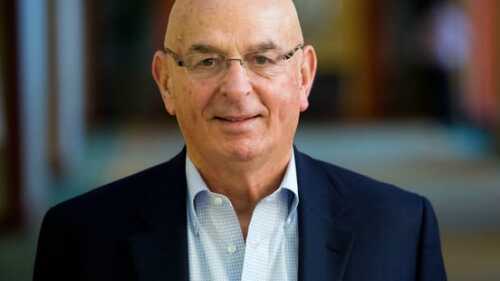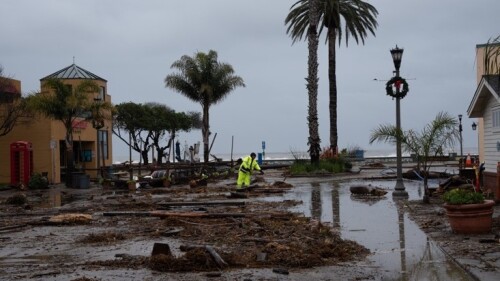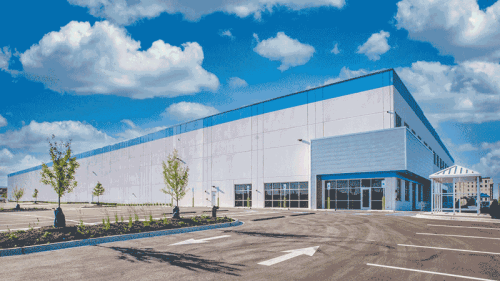Topics
Capital Markets and Finance
Although residential fell more in the first quarter of 2023, office remains Europe’s most scarred commercial real estate sector, according to advisory firm Green Street. Government mandates around sustainability are also tightening, and Cushman & Wakefield says 76 percent of European office space could be obsolete by 2030 unless landlords start investing now.
Reflecting on Philanthropy, Education, and 30 Years in Real Estate with Xander Group Founder Sid Yog
Sid Yog, the founding partner of Xander Group, reflected on his career in discussion with ESR Hong Kong managing director Rui Hua Chang during a fireside chat at the ULI Asia Pacific Summit 2023 in Singapore.
Limited supply of real estate assets—particularly properties which have the high environmental standards being demanded by occupiers—as well as the boost provided to rental income by inflation are positives amid persistent uncertainty in the European real estate market, according to a panel of executives during the 2023 ULI Europe Conference.
Design & Planning
A 100-year-old correctional facility in Whittier, California, becomes a new master-planned community.
Innovative technology platforms already are helping many owners operate apartment buildings more efficiently and improve services for tenants. But experts say that is just the start of a revolution that could transform the multifamily segment.
Ethnic and cultural diversity, combined with a reputation as a welcoming place for immigrants, has long been a strength of the Greater Toronto Area—and it has also influenced the city’s development, panelists cautioned at ULI’s 2023 Spring Meeting.
Development and Construction
Today, the city is a vibrant enclave of Greater Los Angeles and a destination for shopping, entertainment, and sports.
On a recent summer afternoon in Manhattan, Daryl Carter, founder, chairman and CEO of Irvine, California–based Avanath Capital Management and a member of the ULI Global Board, was walking along Lexington Avenue when he—like a superstar—got recognized on the street. The passerby, who previously worked at Freddie Mac, simply wanted a minute of Carter’s time.
ULI is deeply saddened at the passing of visionary Los Angeles developer and ULI Life Trustee Wayne Ratkovich at the age of 82. In 1977, he founded The Ratkovich Company, a development firm specializing in urban infill and adaptive reuse projects.
Resilience and Sustainability
Real estate investors recognize the need to incorporate physical climate risks—including wildfire, hurricanes, and excessive heat—into their business models as the prevalence and severity of extreme weather events increase. Climate-risk analytics tools have proliferated in recent years to help investors assess, price, and mitigate these physical climate risks. Investors have welcomed these tools but face challenges selecting the right provider—or providers—to meet their business needs.
The history of Denver is closely intertwined with the South Platte River. From the city’s initial settlement along the riverbanks in 1858 to subsequent urbanization that altered its natural course, the South Platte has played a significant role in Denver’s evolution. For much of the 20th century, however, metropolitan development turned away from this vital waterway.
Real estate leaders in the ULI Greenprint community have created a sustainability pre-bid checklist for the industry to inform and adjust bid pricing in transactions.
Issues and Trends
Data analytics shines as the rising star of property technology (proptech) in the real estate industry, according to a report released by ULI and international law firm Goodwin Procter.
ULI MEMBER–ONLY CONTENT: The dramatic increase in online shopping in the United States has only further increased the appetite for properties close to population centers.
ULI Member–Only Content: When first opened, City Center Square—also home to an indoor shopping mall and food court—was one of downtown Kansas City’s standout office towers. But after a half century, the building began to show its age, changing hands at 40 percent occupancy and the food court was down to just two vendors.












